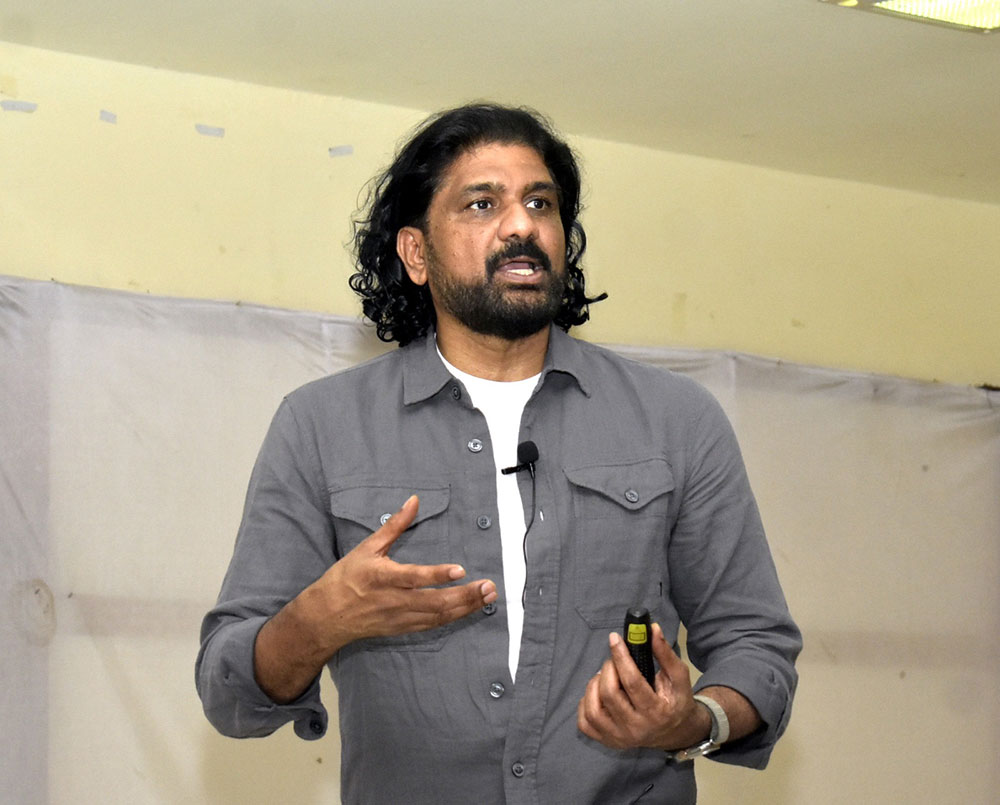In a tech world that moves fast and burns out even faster, Dinakara Nagalla moves differently. He doesn’t break things to make noise. He builds slow, steady, and deep. What he creates doesn’t just work. It lasts.
His story starts far from the glossy offices of Silicon Valley. It begins in a town in South India, where scarcity was not an idea but a daily reality. That early brush with limits taught him something most founders forget: you don’t always win by speed. Sometimes you win by staying in the game long enough to outlast the noise.
Years later, when he founded EmpowerMX and stepped into the aviation space, the world told him to pivot quickly, raise capital, and chase buzz. He ignored that advice. Instead, he spent years building tools that tracked aircraft maintenance and brought intelligence into compliance systems. This was not a flashy sector. The work was hard, slow, and loaded with pushback.
“There was no applause,” he says. “People didn’t believe in what we were doing. But I knew that if we just kept going, it would land.”
He led through turbulence that is real and metaphorical. He held course through the 2008 collapse. He stayed steady through the chaos of COVID. And while others measured success in how fast they exited, Dinakara was focused on something else.
“Success, to me, means staying when others leave. Showing up even when the map makes no sense,” he says.
That same mindset runs through his newest platforms, Saayam and Aauti. Saayam is a donation system that doesn’t just track money. It tells the story behind every act of giving. Aauti is a teaching marketplace that connects learners to teachers in a way that honors the time, care, and soul that real education requires.
Neither platform was built for growth hacks or trend cycles. They were built to carry something heavier. Trust.
“I don’t see AI as something that replaces people,” he says. “I see it as something that can remember. Remember why someone gave. Remember who they helped. Remember the teacher who showed up in a village school and changed a life.”
Where other platforms strip out context for speed, Dinakara builds it back in. He doesn’t sell systems. He builds stories that last. That’s what makes his work different. It’s not louder. It’s deeper.
Ask him what keeps him going now, and he won’t talk about markets or metrics. He talks about presence. Not presence in meetings. Presence in the world.
“I want to build tools that reflect how people really live. Not how they scroll. How they carry burdens. How they ask for help without shame,” he says.
In Saayam, that means donors don’t just see dollar amounts. They see people. In Aauti, that means students don’t just get content. They meet teachers who remember what it feels like to struggle.
You won’t see big launches or viral campaigns coming out of his shop. But what you will see is a pattern. Every system he touches carries memory. Every line of code is written with patience. Every platform feels like it was built by someone who has been on both sides of the equation—the one giving and the one hoping someone shows up.
“Movement doesn’t mean progress,” he says. “I’ve seen people build fast and end up nowhere. I’d rather build slowly and know it mattered.”
In an age of quick exits and polished pitches, Dinakara’s way might seem quiet. But it’s that same quiet that makes his work so resilient. He is not building for the moment. He is building for the people who are usually forgotten when the spotlight moves on.
And maybe that’s the most powerful kind of tech leadership. The kind that does not chase attention. The kind that earns it.






